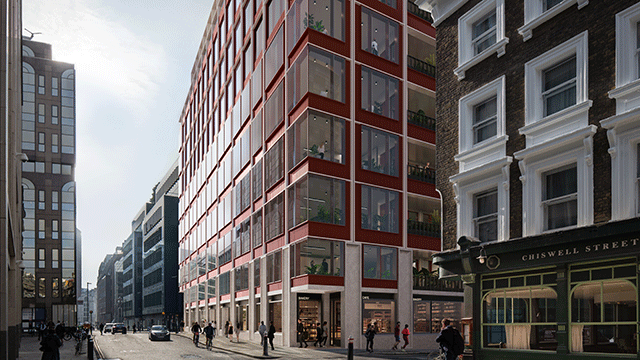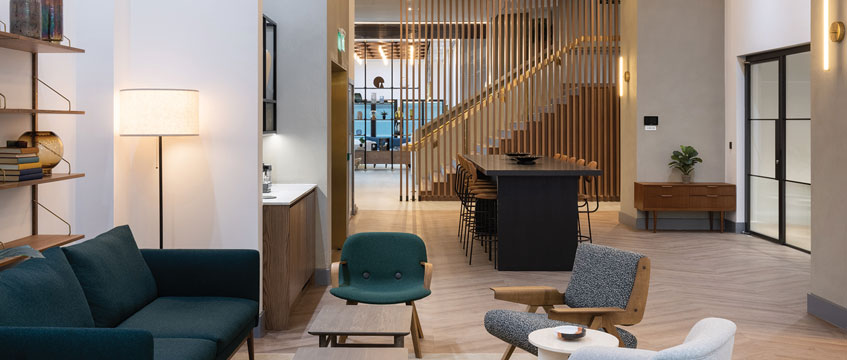Listed building — Repairs notice — Compulsory purchase — Repairs notice specifying works of preservation and works of restoration — Whether repairs notice satisfied condition precedent for compulsory purchase — Proper content of repairs notice — Whether repairs notice including works beyond preservation valid — Building-owner’s appeal dismissed
Willesborough Windmill, Ashford, Kent, was erected in 1868, and in 1951 it was listed as a building of special architectural or historic interest. The appellant acquired it in 1969 and converted it into a dwellinghouse. The condition of the windmill deteriorated, and in October 1983 the second respondents, the Ashford Borough Council, served a repairs notice on the appellant pursuant to section 115 of the Town and Country Planning Act 1971. The repairs notice specified 20 items of work that the second respondents considered were, in the terms of section 115, “reasonably necessary for the proper preservation of the building”. Some of the items were works of an emergency nature or were repairs to prevent further deterioration of the structure; other items, such as the reconstruction of the catwalk and fantail and work to the sweeps, were later accepted as being works of restoration rather than preservation, as some parts of the structure were missing from the building when it was listed in 1951 and at the date of the repairs notice in 1983.
Following the failure of the appellant to comply with the repairs notice, the second respondents made a compulsory purchase order, under section 114 of the 1971 Act, in respect of the windmill. The appellant challenged the confirmation of that order by the first respondent, the Secretary of State for the Environment, on the ground that the repairs notice, the necessary condition precedent to the exercise of compulsory purchase, was invalid as it did not satisfy the requirements of section 115 of the 1971 Act. The decision of Mr M T Pill QC (sitting as a deputy High Court judge) to dismiss the appellant’s application to quash the decision of the first respondent to confirm the order was affirmed by the Court of Appeal ([1988] 2 EGLR 205). It was contended on behalf of the appellant that a repairs notice, a condition precedent of compulsory purchase, may only specify works for “proper preservation” of a listed building, that a line must be drawn between preservation and repair and that, on the true construction of sections 114 and 115, works cannot be considered necessary for the proper preservation of a listed building which are not directed to the preservation of the building as it subsists as at the date when the repairs notice is served.
Held The appeal was dismissed.
The word “preservation” has to be given its ordinary meaning in contrast to “restoration”; this imposes an objective limitation which must be applied in considering the works specified in the notice.
The date of the listing of the building, and not the date of the repairs notice, is the relevant date for determining whether works are those of repair or restoration.
Where a repairs notice contains items of work that are not within the scope of “preservation”, it remains a valid notice notwithstanding that it also includes invalid items. Provided that the list of valid items is sufficiently substantial to support a conclusion by the Secretary of State, in the event that the specified works are not carried out, that reasonable steps are not being taken for properly preserving the building, the invalid items may simply be disregarded. The owner’s remedy is to challenge a notice containing excessive items in the magistrates’ court under section 114(6) of the 1971 Act.
Michael Barnes QC and Richard Hayward (instructed by Edwin Coe & Calder Woods, for Roderick O’Driscoll & Partners, of Maidstone) appeared for the appellants; and Jeremy Sullivan QC and Mark Low (instructed by the Treasury Solicitor) appeared for the first respondent and (instructed by Sharpe Pritchard, for the solicitor to the Ashford Borough Council) for the second respondents.






